Home>Gardening & Outdoor>Landscaping Ideas>How To Get Rid Of Pee Spots On Grass
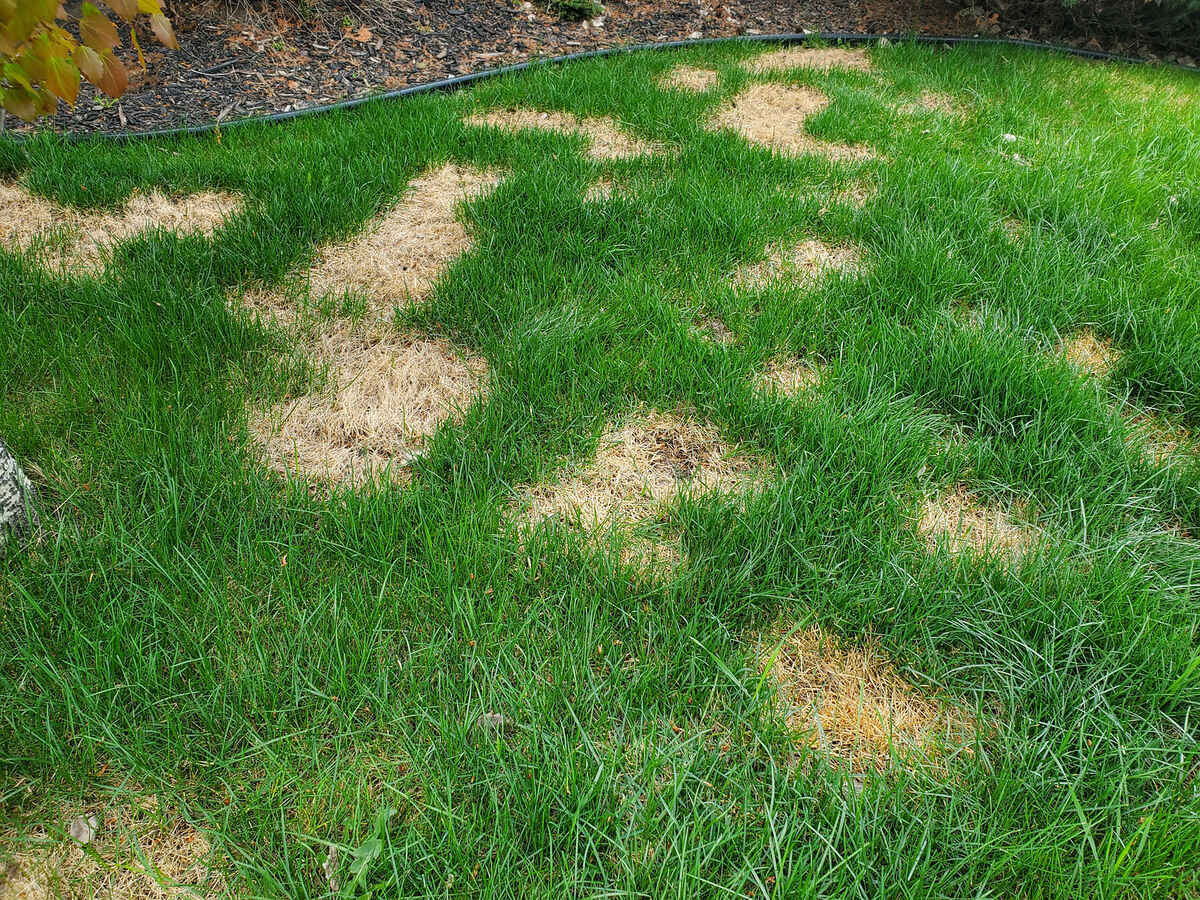

Landscaping Ideas
How To Get Rid Of Pee Spots On Grass
Modified: February 18, 2024
Learn effective landscaping ideas to eliminate pee spots on grass and keep your lawn looking green and healthy. Discover practical solutions for maintaining a vibrant and pet-friendly outdoor space.
(Many of the links in this article redirect to a specific reviewed product. Your purchase of these products through affiliate links helps to generate commission for Storables.com, at no extra cost. Learn more)
Introduction
Welcome to the wonderful world of landscaping, where lush green lawns and vibrant gardens abound. However, there’s one common issue that many pet owners encounter: pee spots on the grass. While our furry friends bring us immeasurable joy, their urine can leave unsightly brown patches on our once-pristine lawns. But fear not! With the right knowledge and strategies, you can maintain a beautiful yard while keeping your pets happy.
In this comprehensive guide, we’ll delve into the causes of pee spots on grass, explore effective prevention techniques, and discuss various methods for restoring your lawn’s lush green appearance. By the end, you’ll be equipped with the know-how to tackle this common problem and enjoy a vibrant, pet-friendly outdoor space.
Key Takeaways:
- Prevent pee spots by encouraging pet hydration, designating bathroom areas, and promptly diluting urine with water. Consider resilient grass varieties and dietary adjustments for long-term prevention.
- Address pee spots with methods like reseeding, soil amendments, and professional treatments. Combine prevention and intervention strategies for a vibrant, pet-friendly lawn.
Read more: How To Fix Pee Spots In Grass
Understanding the Causes of Pee Spots on Grass
Before diving into solutions, it’s essential to understand why pee spots occur in the first place. When our beloved pets urinate on the grass, the nitrogen in their urine can create an excess of nitrogen in the soil. While nitrogen is an essential nutrient for plants, an overabundance can lead to “burning” or discoloration of the grass. Additionally, the urine’s high concentration of salts can further contribute to the damage.
Another factor to consider is the size and frequency of your pet’s bathroom breaks. Larger dogs tend to produce more urine, which can result in more concentrated spots of discoloration. Similarly, frequent urination in the same area can intensify the damage, as the grass doesn’t have sufficient time to recover between incidents.
Furthermore, the pH level of your pet’s urine can influence the extent of the damage. Urine with a higher pH (more alkaline) is more likely to cause severe discoloration compared to urine with a lower pH (more acidic).
It’s important to note that certain grass species, such as Kentucky bluegrass and fescues, are more sensitive to urine damage, while others, like ryegrass and Bermuda grass, exhibit greater resilience. Understanding these nuances can help you tailor your approach to preventing and treating pee spots based on your specific grass type.
By gaining insight into the causes of pee spots on grass, you’ll be better equipped to implement targeted solutions and prevent further damage. In the next sections, we’ll explore effective strategies for minimizing the impact of pet urine on your lawn, ensuring a harmonious coexistence between your pets and your outdoor space.
Tips for Preventing Pee Spots on Grass
Prevention is often the most effective approach when it comes to addressing pee spots on grass. By implementing proactive measures, you can minimize the likelihood of unsightly discoloration and preserve the health and beauty of your lawn. Here are some valuable tips for preventing pee spots:
- Hydration: Encourage your pets to stay well-hydrated to dilute the concentration of their urine. This can help reduce the impact of nitrogen and salts on the grass, mitigating the potential for discoloration.
- Designated Bathroom Area: Train your pets to use a specific area of the yard for their bathroom breaks. By concentrating their urine in one area, you can minimize the spread of pee spots across the entire lawn.
- Timely Watering: After your pet urinates on the grass, promptly water the area to dilute the urine and minimize its impact on the soil and grass blades. This can help prevent or reduce the formation of pee spots.
- Adjusting Diet: Consult with your veterinarian about your pet’s diet and explore options for reducing the nitrogen content in their urine. Dietary adjustments can potentially lead to less damaging urine for your lawn.
- Supplements: Certain supplements are available to alter the pH balance of your pet’s urine, making it less likely to cause discoloration. Discuss these options with your veterinarian to determine if they are suitable for your pet.
- Resilient Grass Varieties: Consider overseeding your lawn with grass varieties known for their resilience to pet urine, such as ryegrass or fescue. These varieties are better equipped to withstand the effects of urine, minimizing the appearance of pee spots.
By incorporating these preventive measures into your pet care routine and lawn maintenance practices, you can significantly reduce the occurrence of pee spots on your grass. However, if despite your best efforts, pee spots still appear, there are effective methods for addressing and rectifying the damage, which we’ll explore in the following section.
To get rid of pee spots on grass, dilute the area with water immediately after your pet urinates to minimize the concentration of nitrogen. You can also train your pet to urinate in a designated spot or use products that neutralize the urine.
Methods for Getting Rid of Pee Spots on Grass
While prevention is key, it’s not uncommon for pee spots to occasionally appear on your lawn. Fortunately, there are several effective methods for addressing and remedying these unsightly patches. By taking prompt action, you can restore your grass to its lush, green state. Here are some proven methods for getting rid of pee spots on grass:
- Watering and Dilution: Immediately after your pet urinates on the grass, thoroughly water the affected area to dilute the urine and minimize its impact on the soil and grass blades. This can help prevent or reduce the formation of pee spots.
- Reseeding and Resodding: For persistent or severe pee spots, consider reseeding the affected areas with fresh grass seed or laying new sod. This can help rejuvenate the damaged patches and promote the regrowth of healthy grass.
- Soil Amendments: Applying soil amendments, such as gypsum or lime, can help neutralize the pH levels in the soil affected by pet urine. This can aid in restoring a more balanced environment for your grass to thrive.
- Professional Treatments: Consult with lawn care professionals who can provide specialized treatments to address urine damage and promote the recovery of your grass. They may offer targeted solutions tailored to your specific lawn and the extent of the damage.
- Spot Treatments: Utilize commercial products designed to mitigate the effects of pet urine on grass. These treatments often contain ingredients that help neutralize the urine and support the revitalization of the affected areas.
- Encouraging New Growth: Implement lawn care practices, such as regular fertilization and aeration, to encourage new growth and overall resilience in areas impacted by pee spots. This can aid in the recovery and rejuvenation of your lawn.
By employing these methods, you can effectively address pee spots on your grass and promote the restoration of a vibrant and healthy lawn. Remember to combine these strategies with proactive prevention techniques to maintain the long-term beauty of your outdoor space, even in the presence of beloved pets.
Conclusion
As a pet owner, maintaining a beautiful lawn while accommodating the needs of your furry companions is indeed achievable. By understanding the causes of pee spots on grass and implementing proactive measures, you can significantly reduce the occurrence of unsightly discoloration. Encouraging hydration, designating specific bathroom areas, and promptly diluting urine with water are effective preventive strategies that can help preserve the health and appearance of your lawn.
Should pee spots appear despite your best efforts, there are various methods for addressing and rectifying the damage. From reseeding and soil amendments to professional treatments and spot-specific products, you have a range of options to restore your grass to its lush, green state.
Ultimately, the harmonious coexistence of pets and a vibrant lawn is attainable through a combination of preventive measures and targeted interventions. By incorporating these strategies into your pet care routine and lawn maintenance practices, you can create an outdoor space that accommodates both your pets and your desire for a lush, inviting landscape.
With the knowledge and insights gained from this guide, you’re well-equipped to navigate the challenge of pee spots on grass and maintain a thriving, pet-friendly lawn. Embrace the joy of spending time outdoors with your pets, knowing that you have the tools to keep your lawn looking its best.
Here’s to a beautiful, resilient lawn and many delightful moments shared with your beloved pets!
Frequently Asked Questions about How To Get Rid Of Pee Spots On Grass
Was this page helpful?
At Storables.com, we guarantee accurate and reliable information. Our content, validated by Expert Board Contributors, is crafted following stringent Editorial Policies. We're committed to providing you with well-researched, expert-backed insights for all your informational needs.
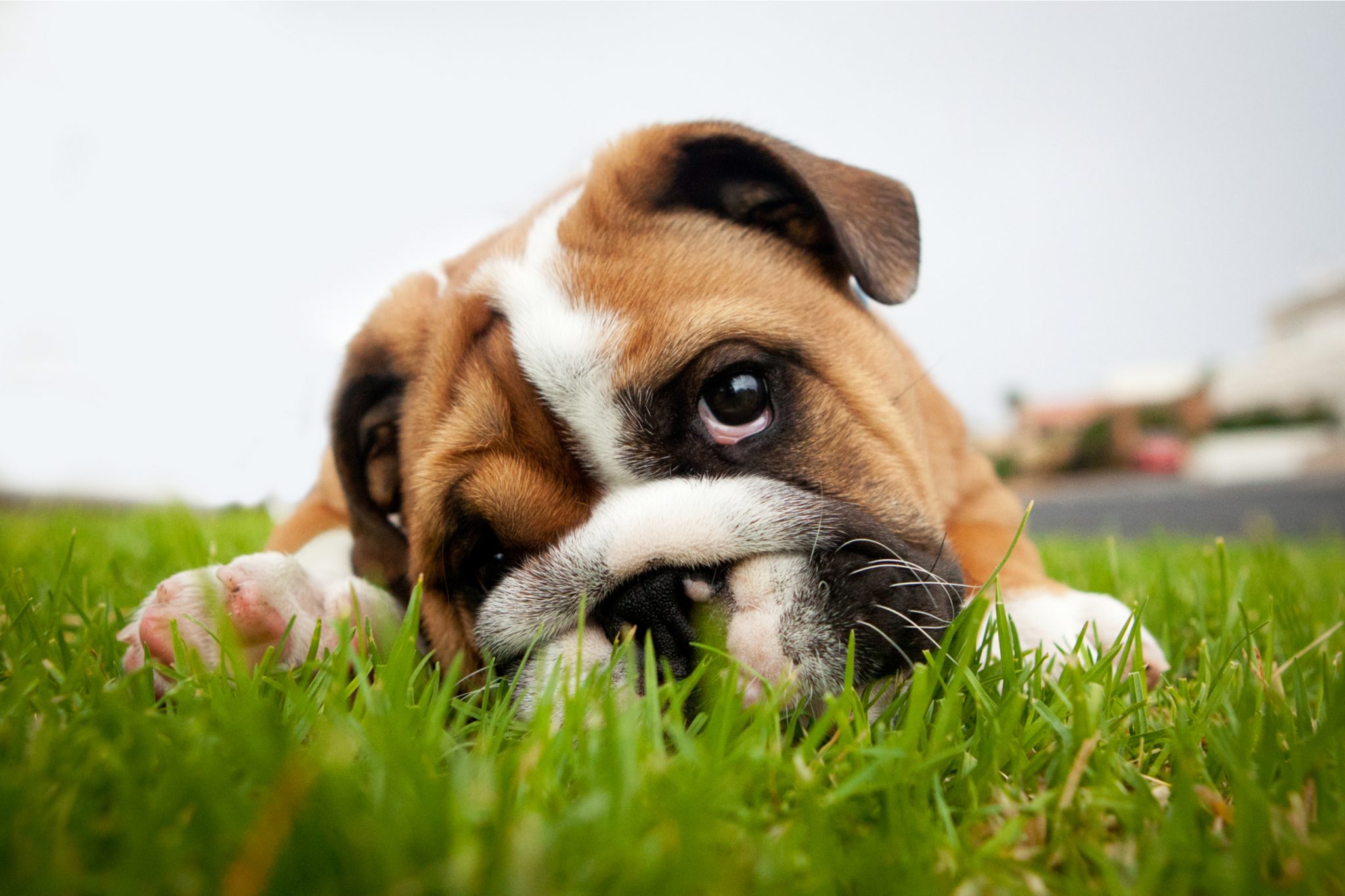
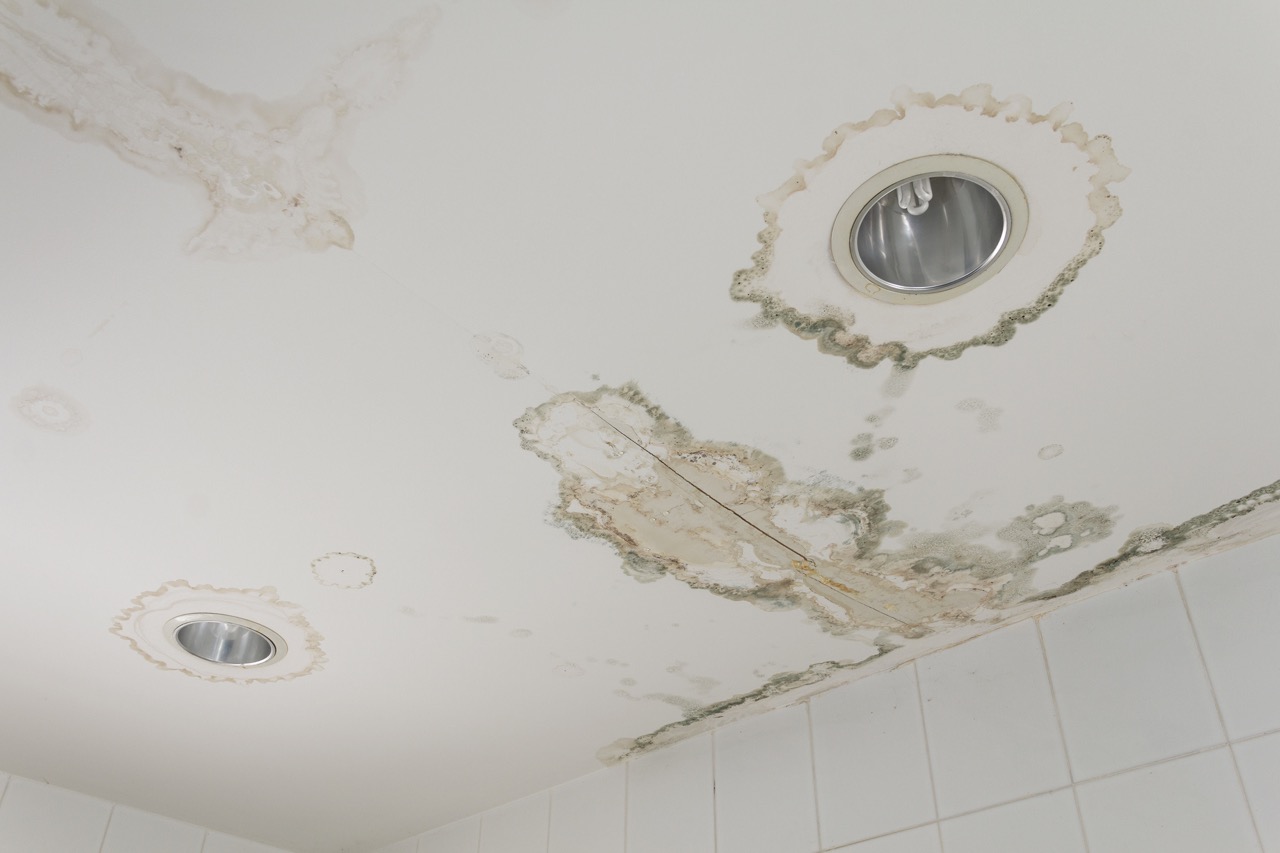
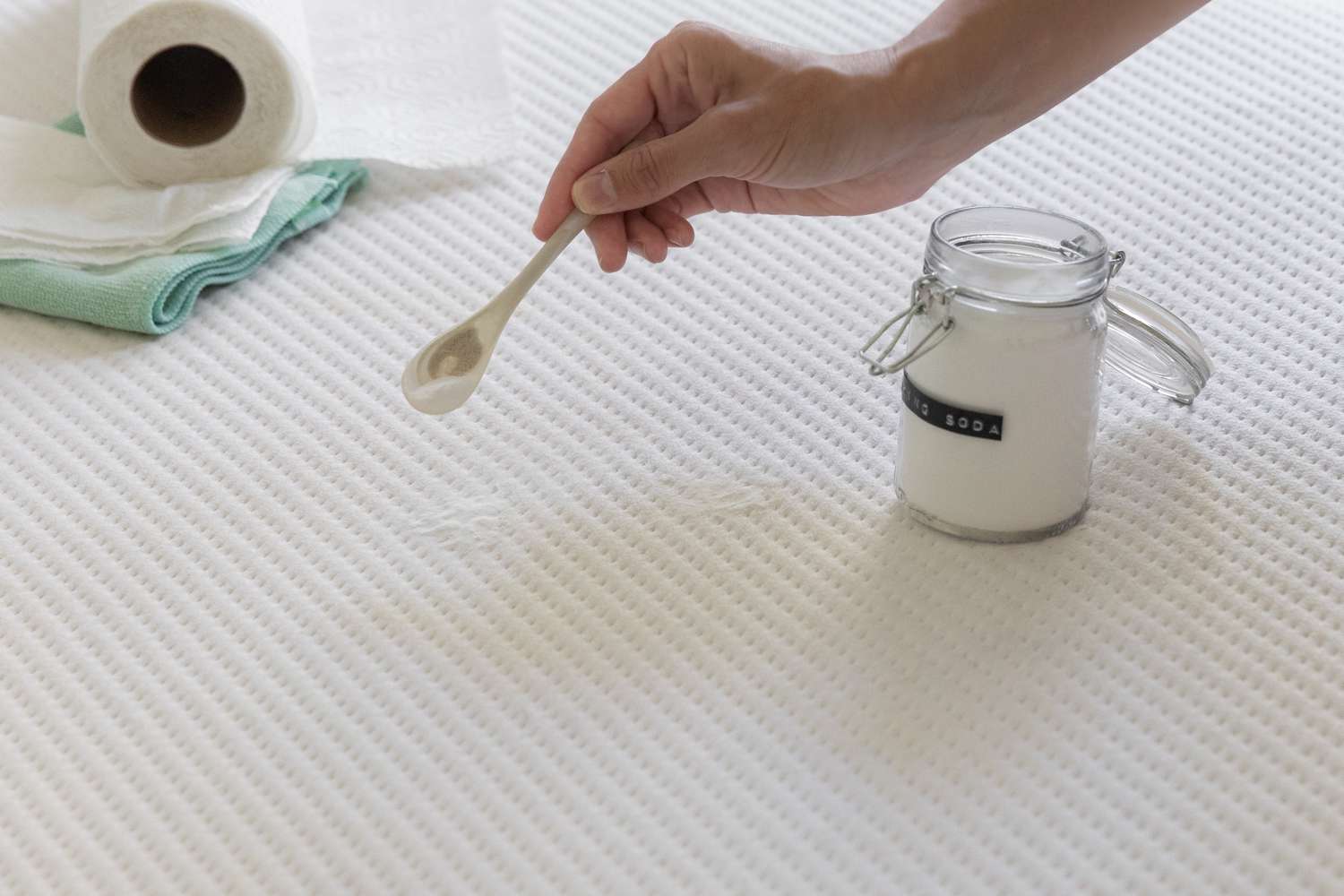
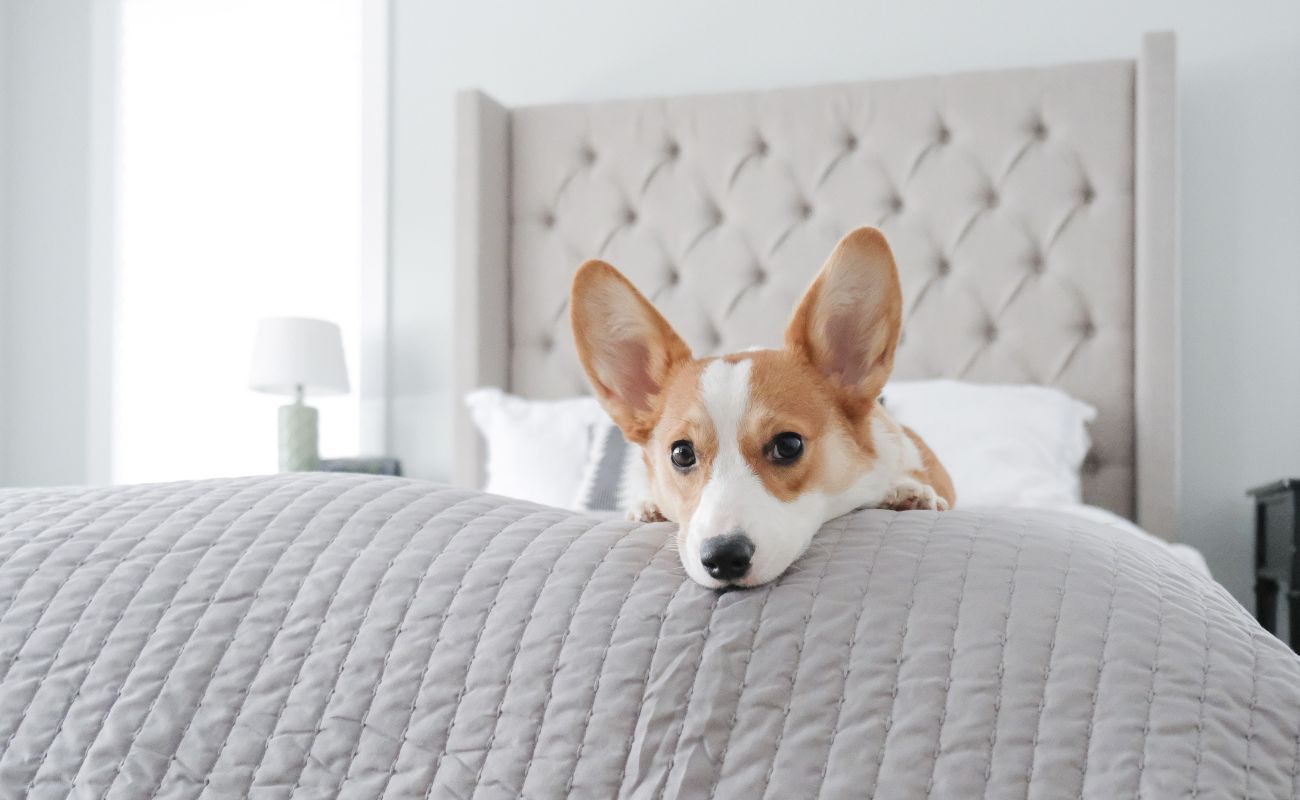









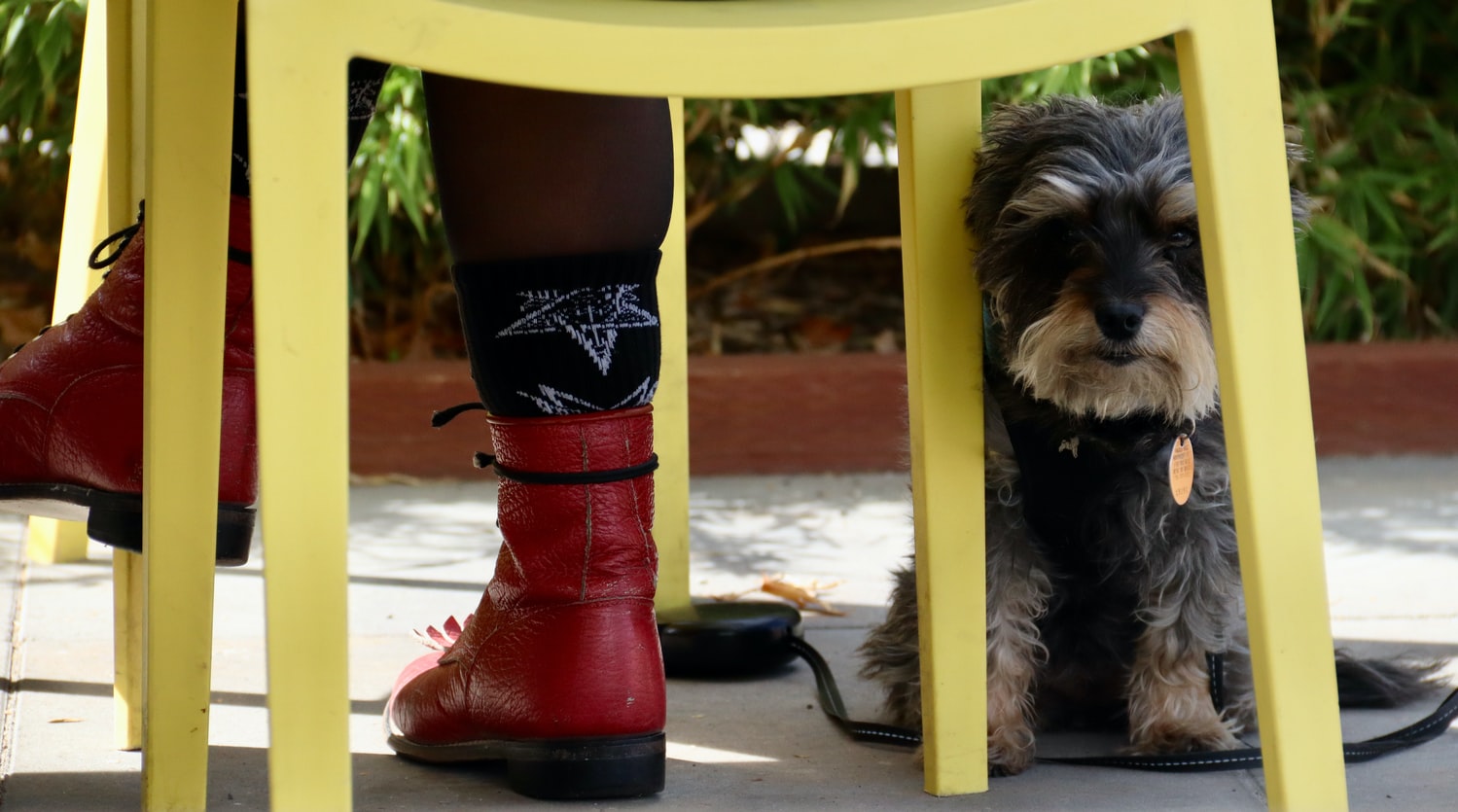
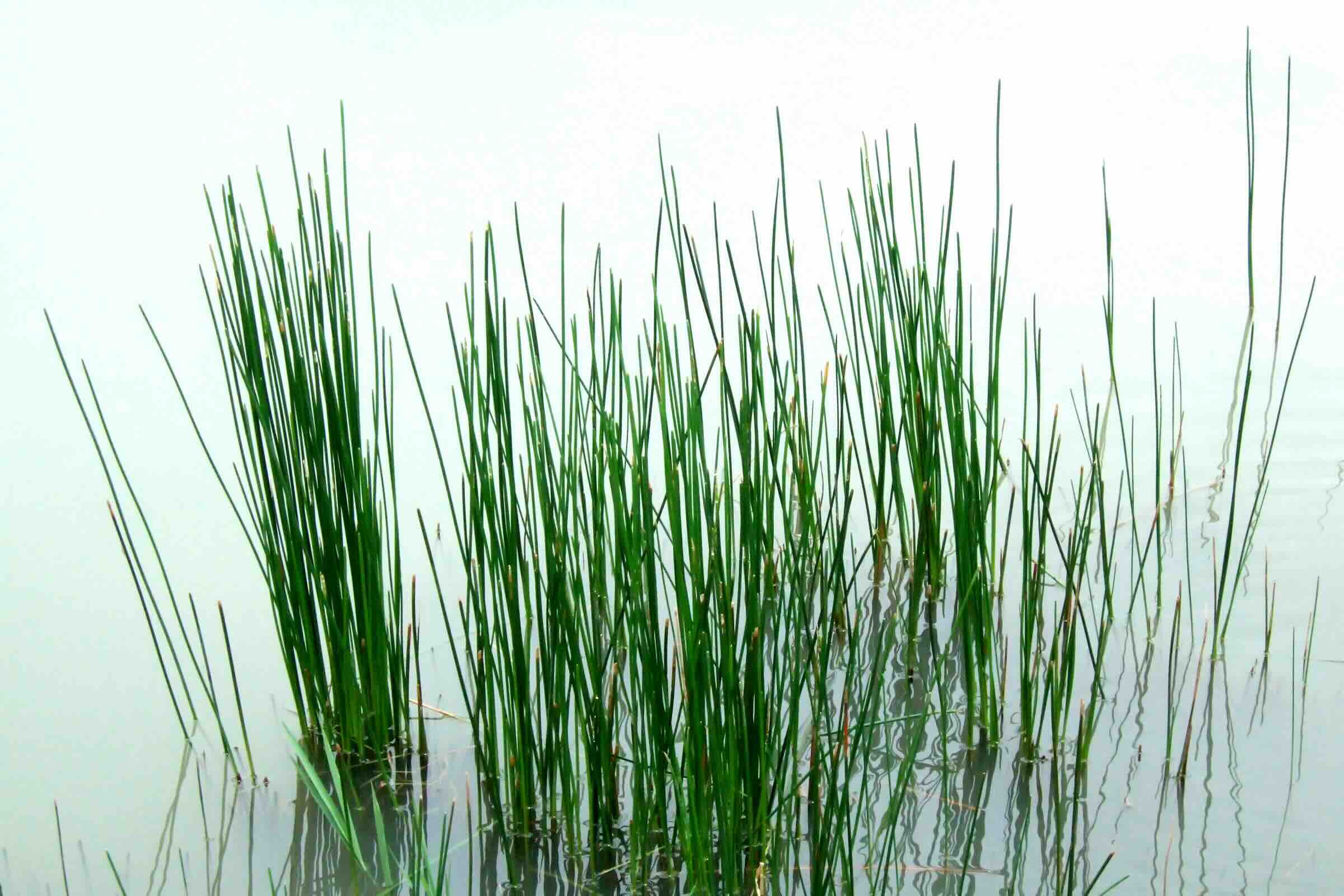

0 thoughts on “How To Get Rid Of Pee Spots On Grass”